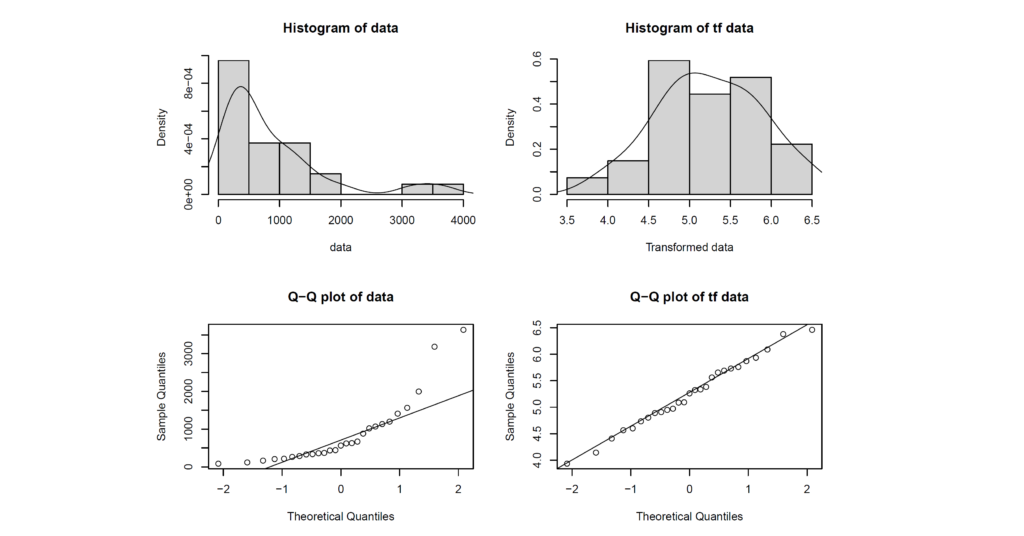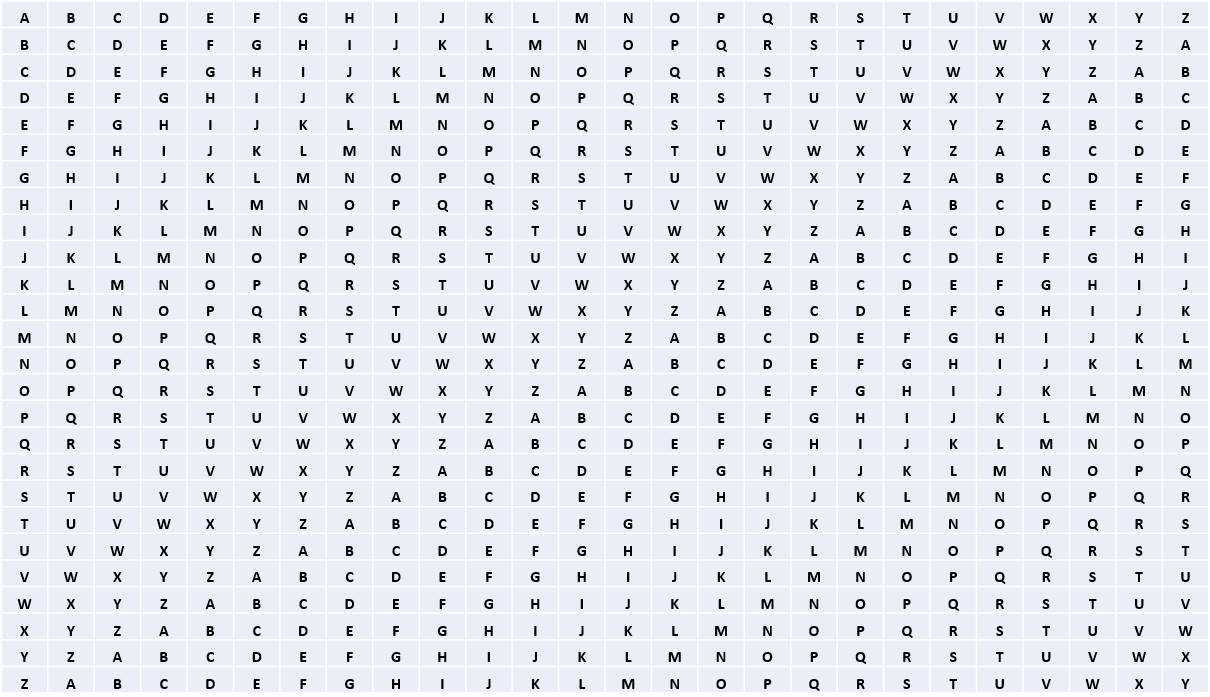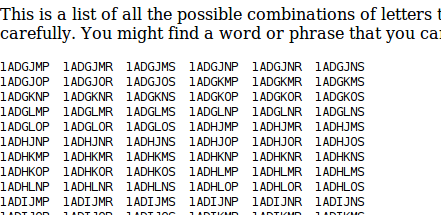5 Simple SumIFs Techniques in Power BI

Power BI is a powerful tool for data analysis and visualization, offering a range of functions to manipulate and explore data. Among these, the SumIF function stands out as a valuable tool for conditional summation, allowing users to calculate sums based on specific criteria. This article will delve into five practical techniques utilizing the SumIF function in Power BI, providing real-world examples and insights to enhance your data analysis skills.
Understanding the SumIF Function in Power BI

The SumIF function in Power BI is a versatile tool that allows users to calculate the sum of values in a dataset based on one or more conditions. It provides a way to aggregate data selectively, making it an essential function for data analysis and reporting. The basic syntax of the SumIF function is as follows:
SumIF(table, condition, [sum_range])
Here, table refers to the table or column from which you want to calculate the sum, condition specifies the criteria for the calculation, and sum_range (optional) defines the range of values to be summed. If sum_range is not provided, the function sums the values in the same column as the condition.
Technique 1: Basic SumIF for Simple Criteria

The most fundamental use of SumIF is for basic conditional summation. Consider a scenario where you have a dataset of sales data with columns for Product, Quantity Sold, and Price. You want to calculate the total revenue for a specific product.
Using SumIF, you can achieve this with the following formula:
SumIF(SalesData, "Product" = "Widget", "Price")
In this example, "Product" is the column from which the condition is applied, "Widget" is the specific product for which you want to calculate the sum, and "Price" is the column containing the values to be summed.
Practical Example: Analyzing Sales Data
Suppose you have the following sales data:
| Product | Quantity Sold | Price |
|---|---|---|
| Widget | 10 | $20 |
| Gadget | 5 | $30 |
| Widget | 8 | $20 |
| Accessory | 3 | $15 |
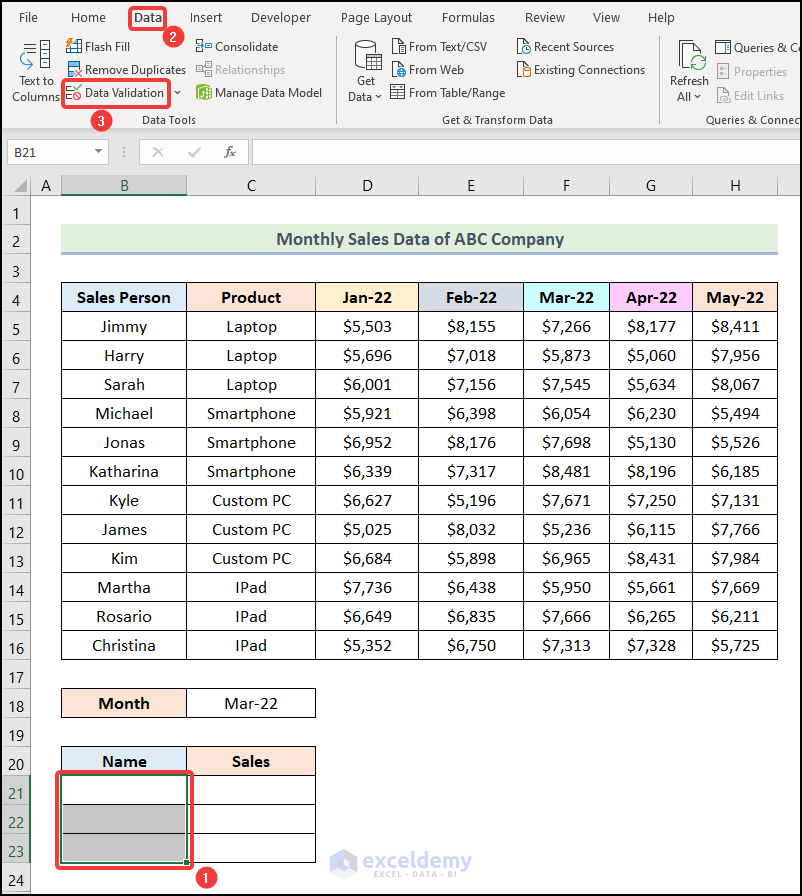
Using the SumIF function, you can calculate the total revenue for the Widget product:
SumIF(SalesData, "Product" = "Widget", "Price") = $260
Technique 2: Using SumIF with Multiple Criteria
SumIF becomes even more powerful when combined with multiple criteria. This allows you to perform complex calculations by applying conditions to multiple columns.
Imagine you have a dataset with columns for Region, Salesperson, and Revenue, and you want to calculate the total revenue for a specific region and salesperson.
The SumIF function can be used as follows:
SumIF(SalesData, AND("Region" = "North", "Salesperson" = "Alice"), "Revenue")
In this formula, the AND function combines two conditions: the region must be "North", and the salesperson must be "Alice".
Real-World Application: Regional Sales Analysis
Consider the following sales data:
| Region | Salesperson | Revenue |
|---|---|---|
| North | Alice | $5000 |
| South | Bob | $3000 |
| North | Charlie | $4000 |
| East | Alice | $2000 |
Using the SumIF function with multiple criteria, you can calculate the total revenue for the North region and Alice as the salesperson:
SumIF(SalesData, AND("Region" = "North", "Salesperson" = "Alice"), "Revenue") = $5000
Technique 3: Utilizing SumIF with Date Ranges
When working with time-series data, using SumIF with date ranges is an effective way to analyze data over specific periods.
Suppose you have a dataset with columns for Date, Product, and Units Sold, and you want to calculate the total units sold for a specific product during a particular month.
The SumIF function can be applied as follows:
SumIF(SalesData, AND("Product" = "Widget", MONTH("Date") = 7), "Units Sold")
In this formula, MONTH("Date") = 7 ensures that only data from July is considered.
Example: Monthly Sales Analysis
Given the following sales data:
| Date | Product | Units Sold |
|---|---|---|
| 2023-06-15 | Widget | 10 |
| 2023-07-02 | Gadget | 5 |
| 2023-07-10 | Widget | 8 |
| 2023-08-05 | Accessory | 3 |
Using SumIF with a date range, you can calculate the total units sold for the Widget product in July:
SumIF(SalesData, AND("Product" = "Widget", MONTH("Date") = 7), "Units Sold") = 18
Technique 4: Dynamic SumIF with Parameters
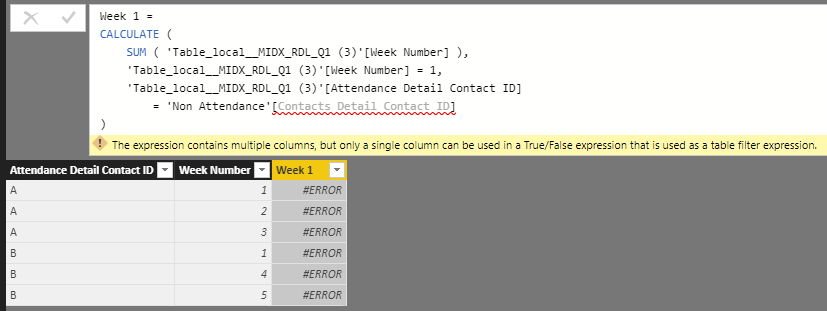
To make your Power BI reports more interactive and user-friendly, you can use parameters in SumIF functions. This allows users to dynamically change the criteria for calculations.
For instance, you can create a parameter called "Product" that allows users to select a product from a dropdown list. The SumIF function can then be adjusted based on this parameter:
SumIF(SalesData, AND("Product" = ProductParam, MONTH("Date") = 7), "Units Sold")
Where ProductParam is the parameter created for the "Product" dropdown.
Dynamic Reporting: Empowering Users
By incorporating parameters, you enable users to explore data independently. They can select different products or criteria and instantly see the results, making data analysis more accessible and efficient.
Technique 5: Combining SumIF with Other Functions
The SumIF function can be further enhanced by combining it with other Power BI functions for more complex calculations.
For example, you can use the SUMX function along with SumIF to calculate the total revenue for a specific product and then apply a discount to that total.
The formula could be as follows:
SUMX(FILTER(SalesData, "Product" = "Widget"), "Price" * 0.9)
In this formula, FILTER ensures that only data for the Widget product is considered, and the discount is applied using multiplication.
Advanced Calculations: Unlocking Insights
By combining SumIF with other functions, you can perform advanced calculations and gain deeper insights from your data. This technique is especially useful for financial analysis, forecasting, and scenario planning.
Conclusion
The SumIF function in Power BI is a versatile tool that can be leveraged in various ways to perform conditional summations. By understanding these five techniques, you can effectively analyze data, create interactive reports, and gain valuable insights from your datasets. Whether you’re analyzing sales performance, tracking regional trends, or exploring complex financial scenarios, SumIF is a powerful ally in your data analysis toolkit.
FAQ
Can I use SumIF with multiple conditions on the same column?
+
Yes, you can. Power BI’s SumIF function allows you to specify multiple conditions on the same column using the OR function. For example, you can calculate the sum for records where the value is either “Widget” or “Gadget” using the formula: SumIF(SalesData, OR(“Product” = “Widget”, “Product” = “Gadget”), “Price”).
How can I handle missing data when using SumIF?
+
Power BI’s SumIF function will ignore missing or blank values by default. However, if you want to explicitly handle missing data, you can use the ISBLANK function along with SumIF. For example, to calculate the sum for non-blank values, you can use: SumIF(SalesData, NOT(ISBLANK(“Price”)), “Price”).
Are there any limitations to the SumIF function in Power BI?
+
The SumIF function in Power BI is a powerful tool, but it has some limitations. It can only handle one column for the condition and one column for the sum. If you need to apply more complex conditions or perform calculations across multiple columns, you might consider using DAX measures or other advanced functions in Power BI.
